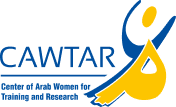Opening Doors Gender Equality and Development in the Middle East and North Africa
Abstract
Since the early 1990s, countries in the Middle East and North Africa (MENA) Region have made admirable progress in reducing the gap between girls and boys in areas such as access to education and health care. Indeed, almost all young girls in the Region attend school, and more women than men are enrolled in university. Over the past two decades, maternal mortality declined 60 percent, the largest decrease in the world. Women in MENA are more educated than ever before. It is not only in the protest squares that have seen women whose aspirations are changing rapidly but increasingly unmet. The worldwide average for the participation of women in the workforce is approximately 50 percent. In MENA, their participation is half that at 25 percent. Facing popular pressure to be more open and inclusive, some governments in the region are considering and implementing electoral and constitutional reforms to deepen democracy. These reforms present an opportunity to enhance economic, social, and political inclusion for all, including women, who make up half the population. However, the outlook remains uncertain. Finally, there are limited private sector and entrepreneurial prospects not only for jobs but also for those women who aspire to create and run a business. These constraints present multiple challenges for reform. Each country in MENA will, of course, confront these constraints in different contexts. However, inherent in many of these challenges are rich opportunities as reforms unleash new economic actors. For the private sector, the challenge is to create more jobs for young women and men. The World Bank has been pursuing an exciting pilot program in Jordan to assist young women graduates in preparing to face the work environment.
Added by
CAWTAR
| 2019-02-07 15:09:06
Document Type
Report
Source
The World Bank
Keywords :
/Gender equality//Human development //Labor market//Political economy// Employment//Women’s education//Women in the Workforce //Women and business // Women’s Participation in Public Sphere //Women’s health//Women and political participation// Women in Legislatures//Women’s rights //Social security/ /Indicators//Middle East and North Africa/

